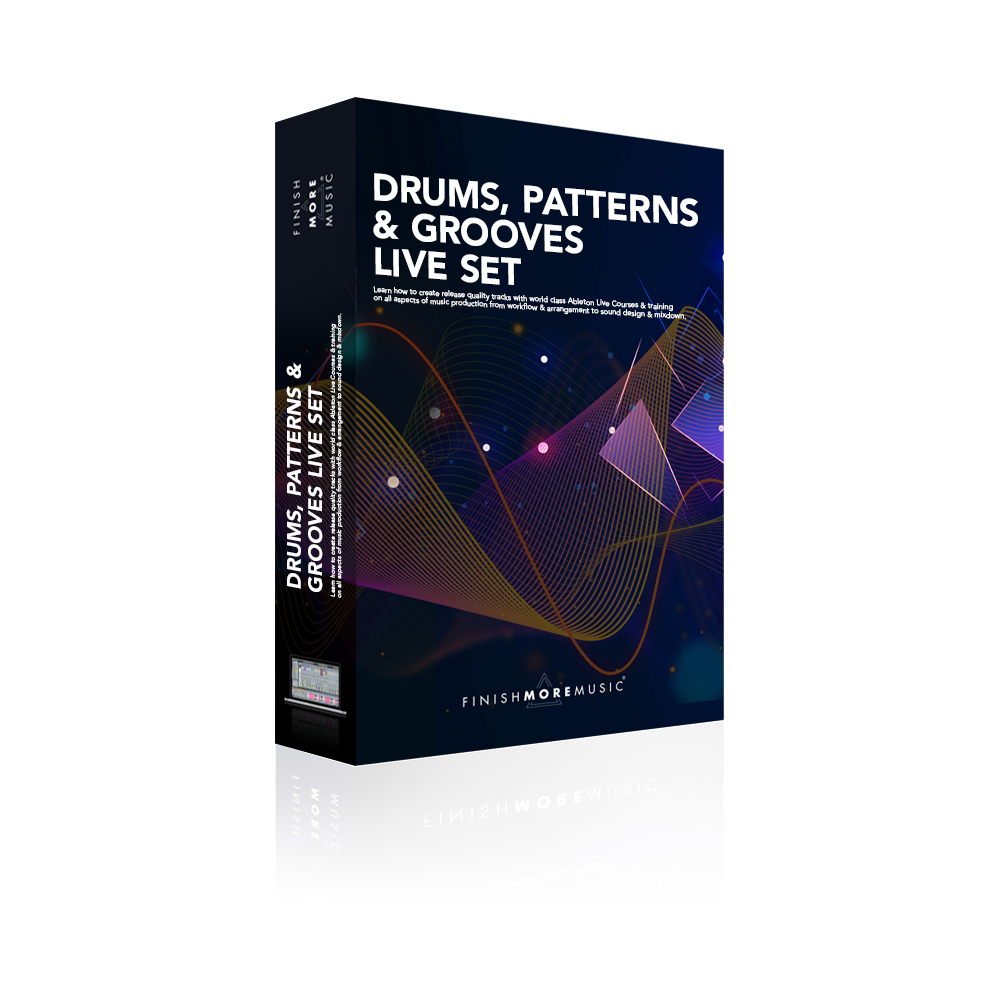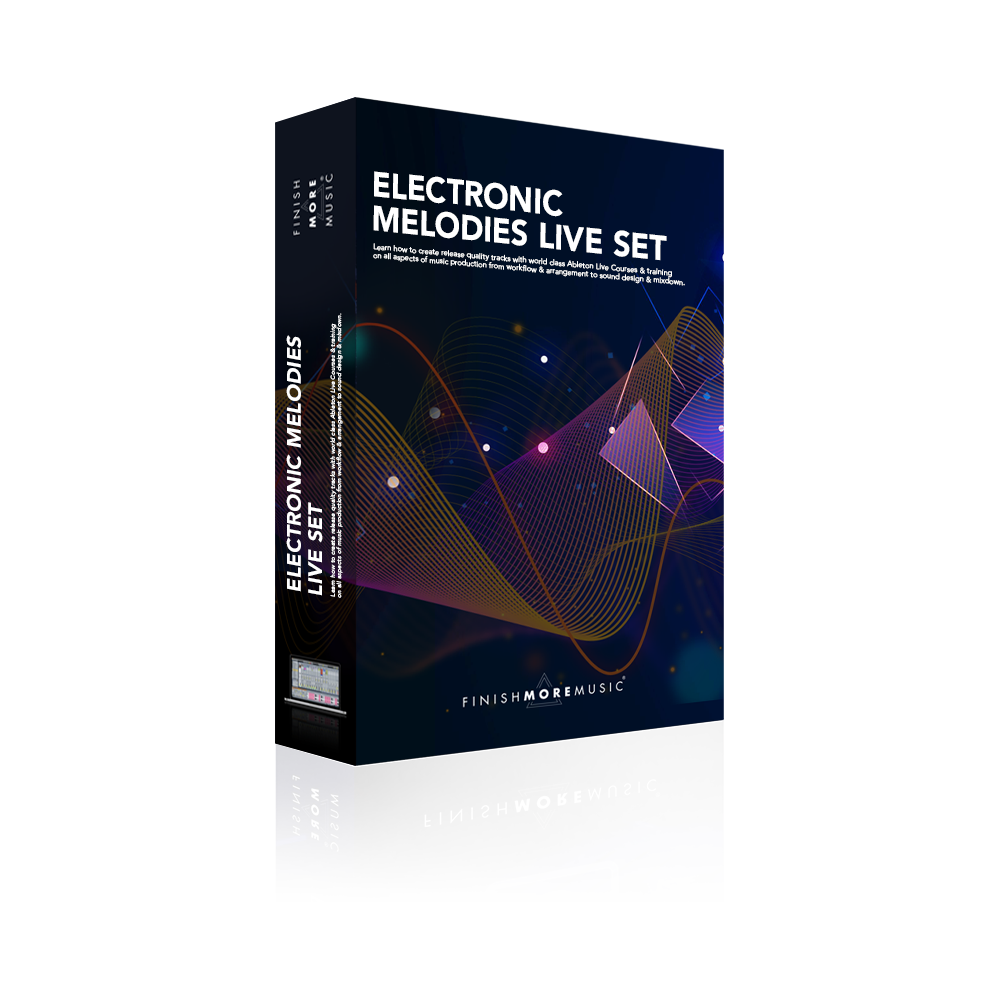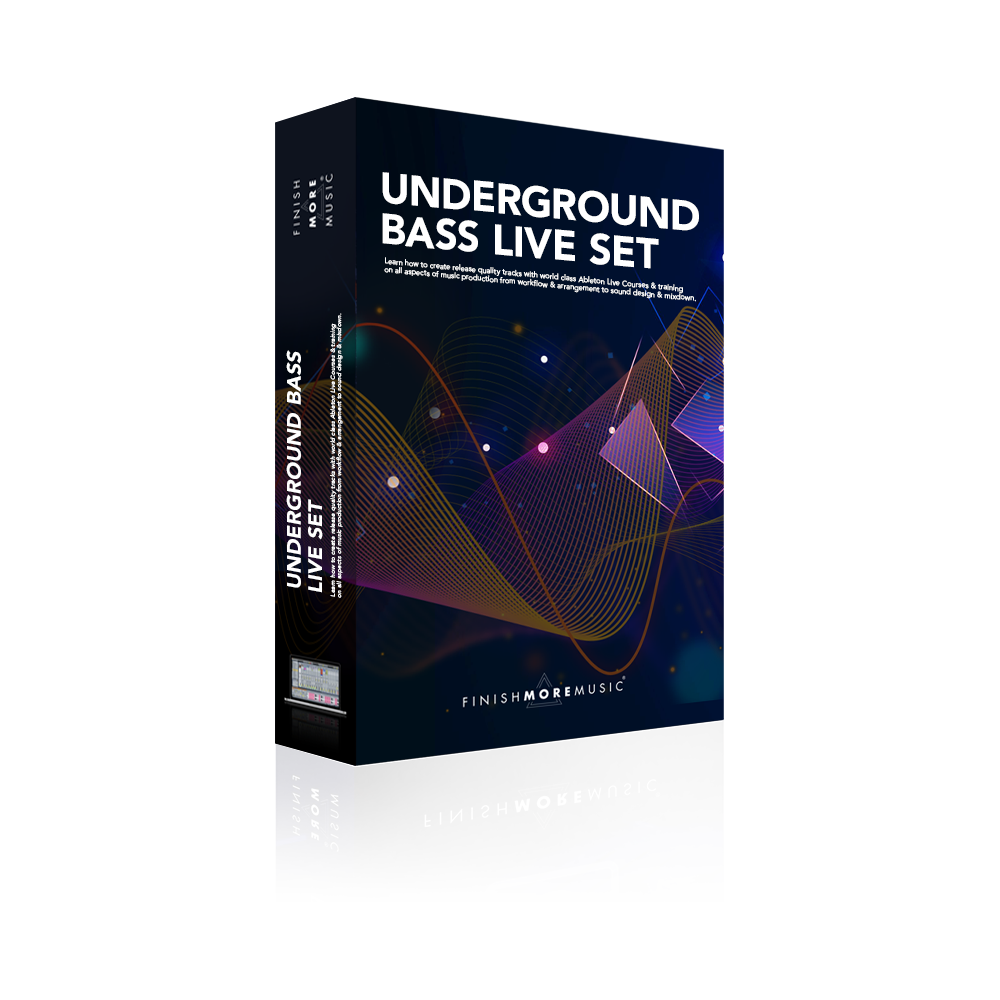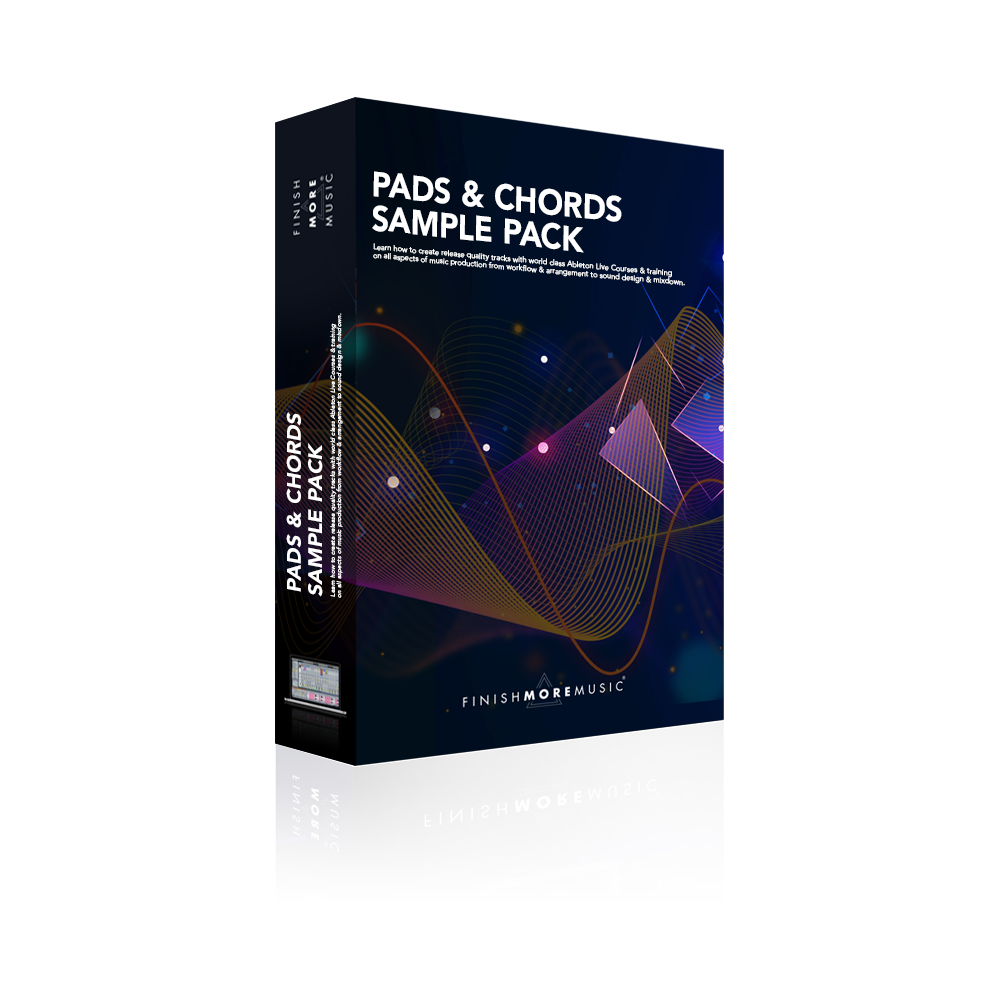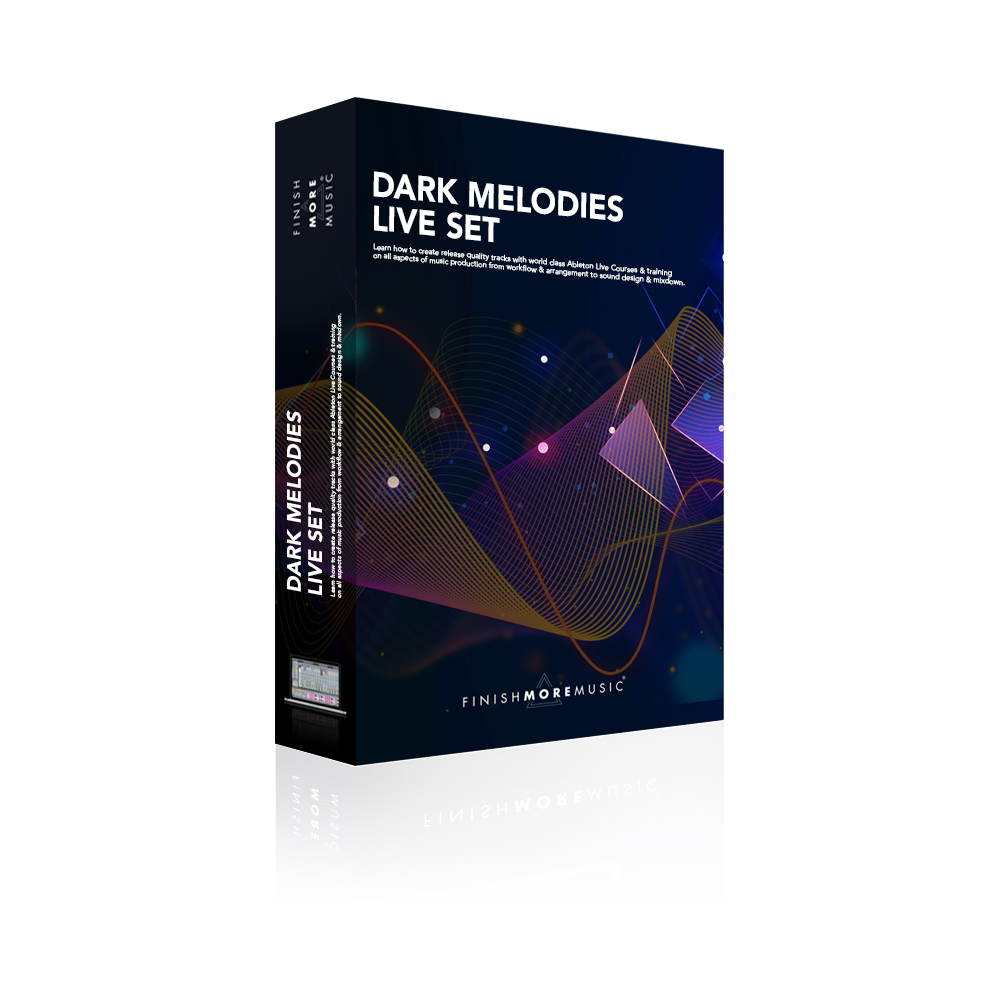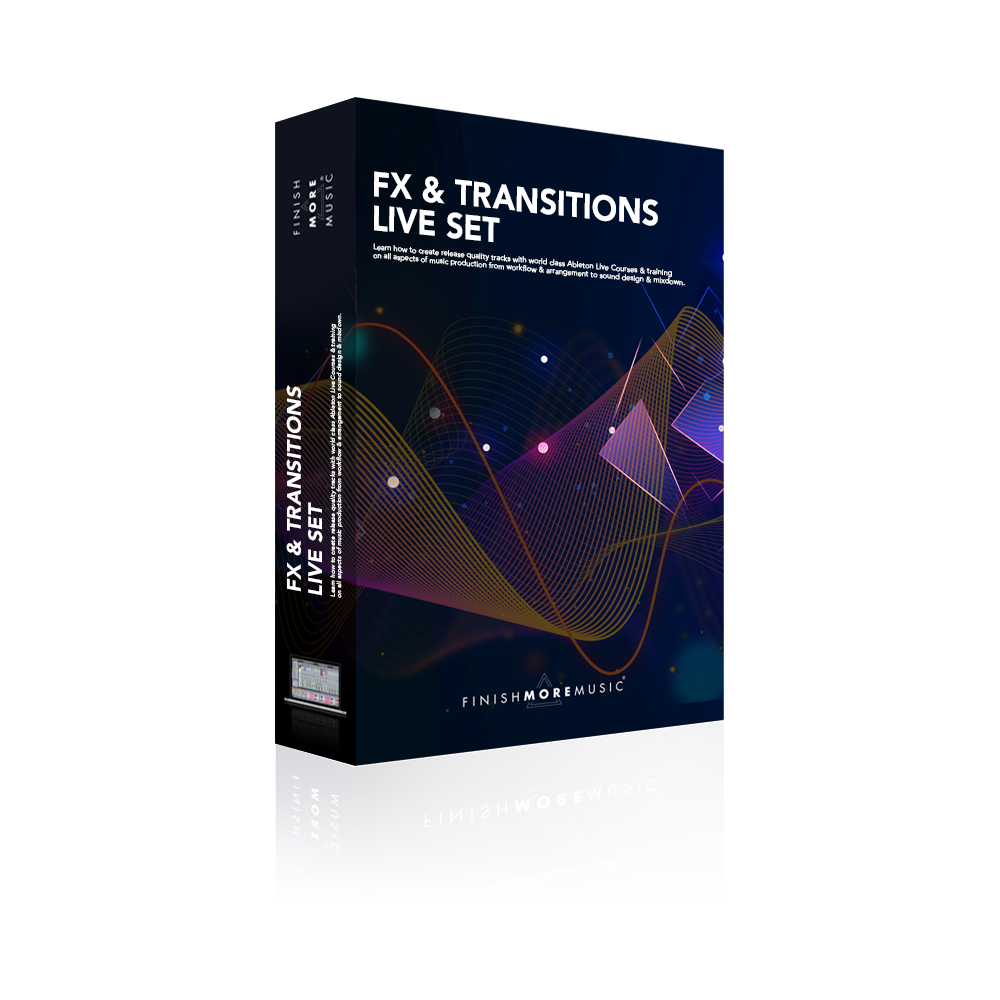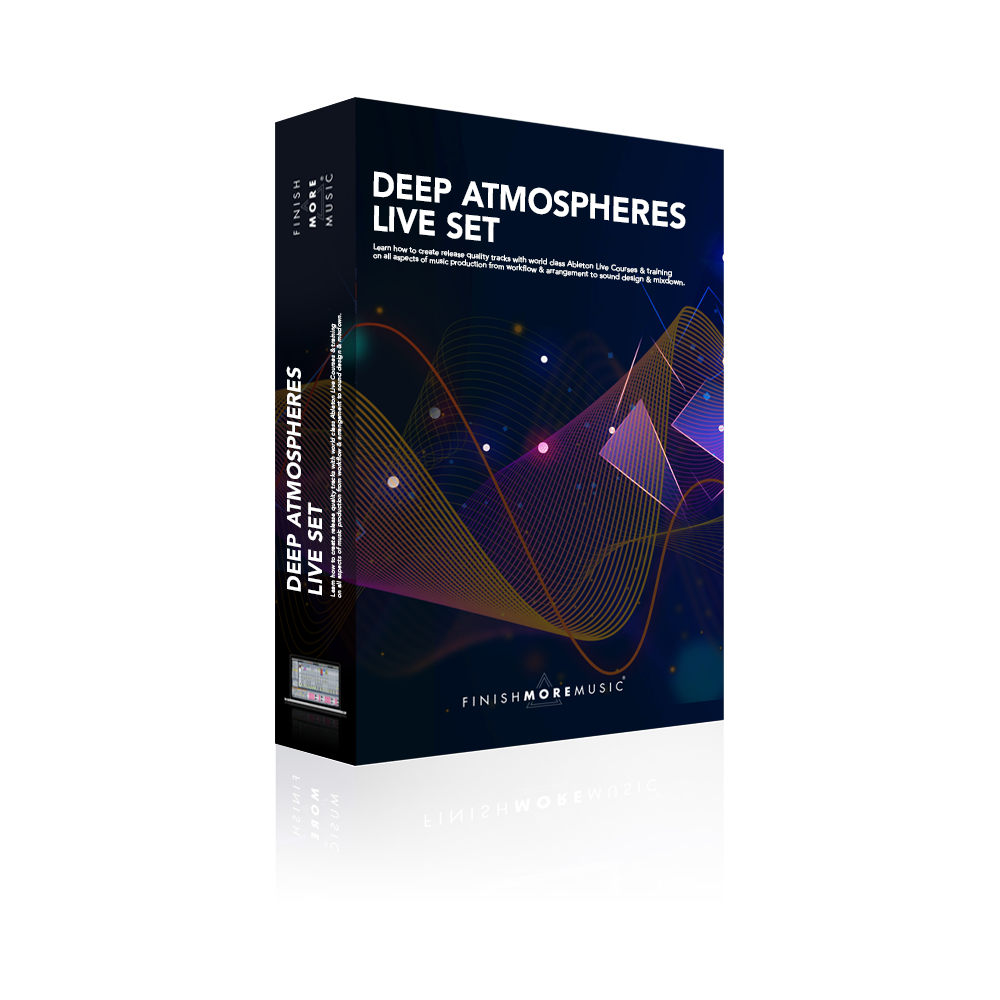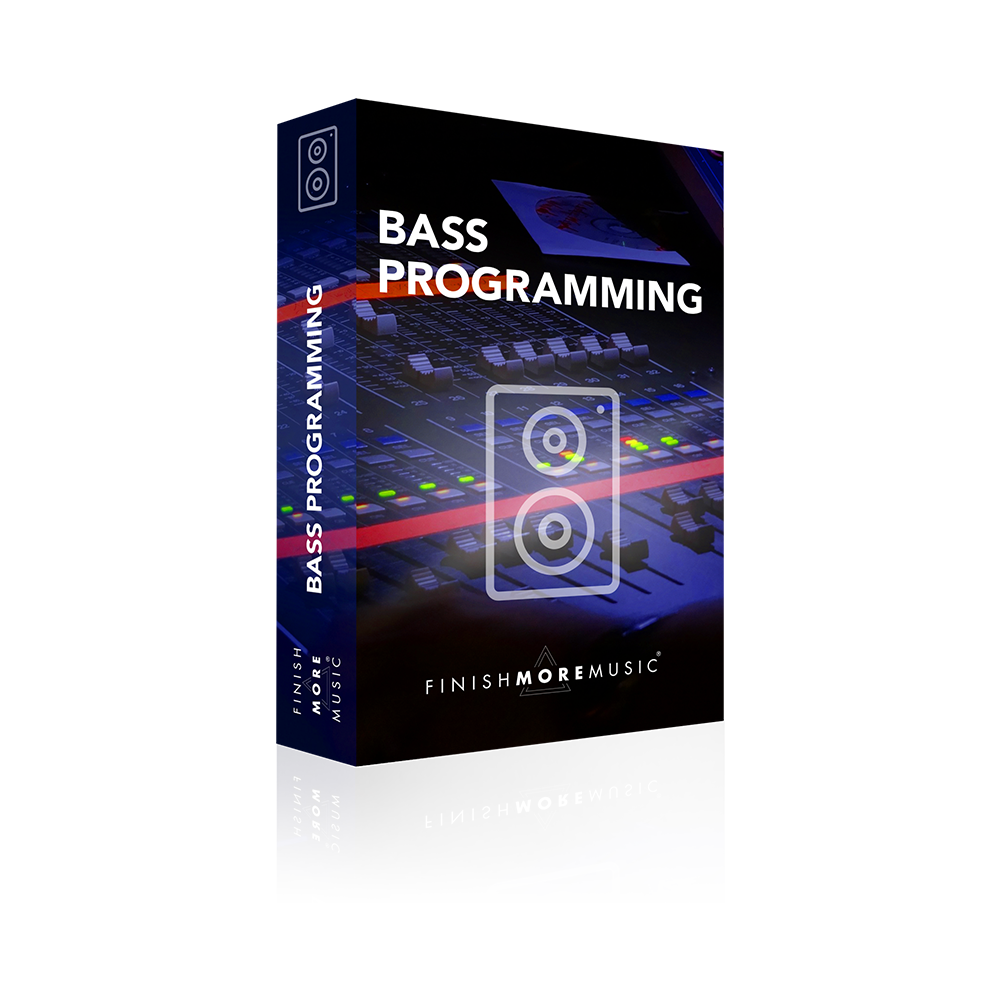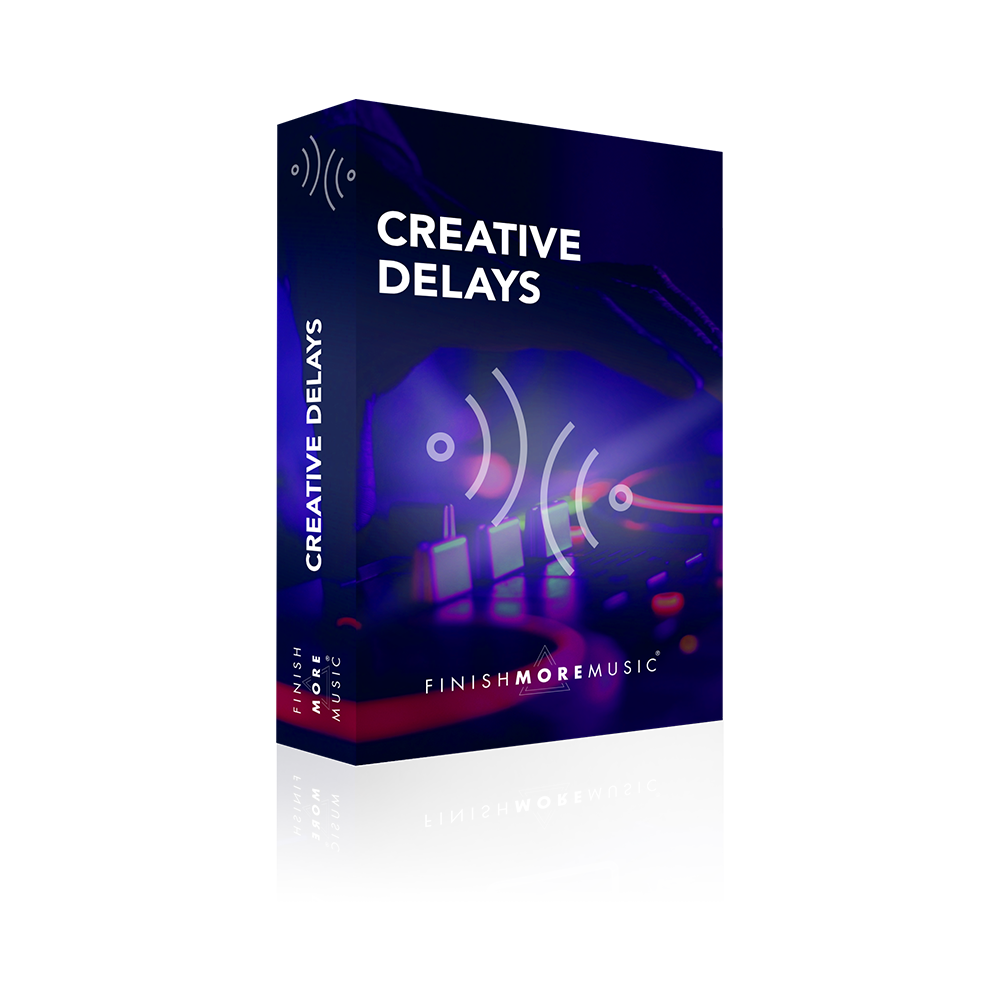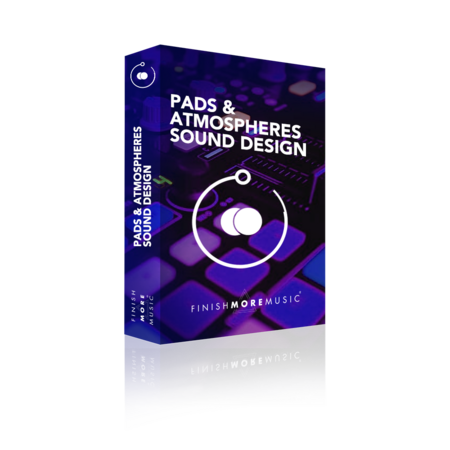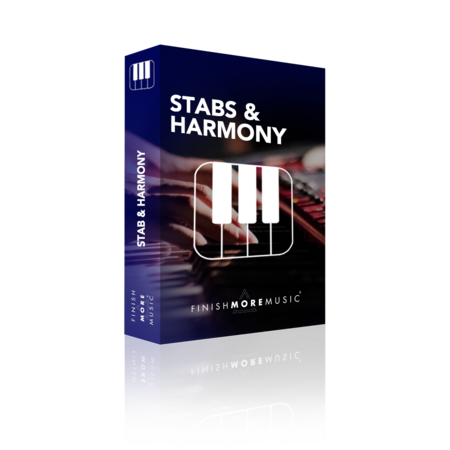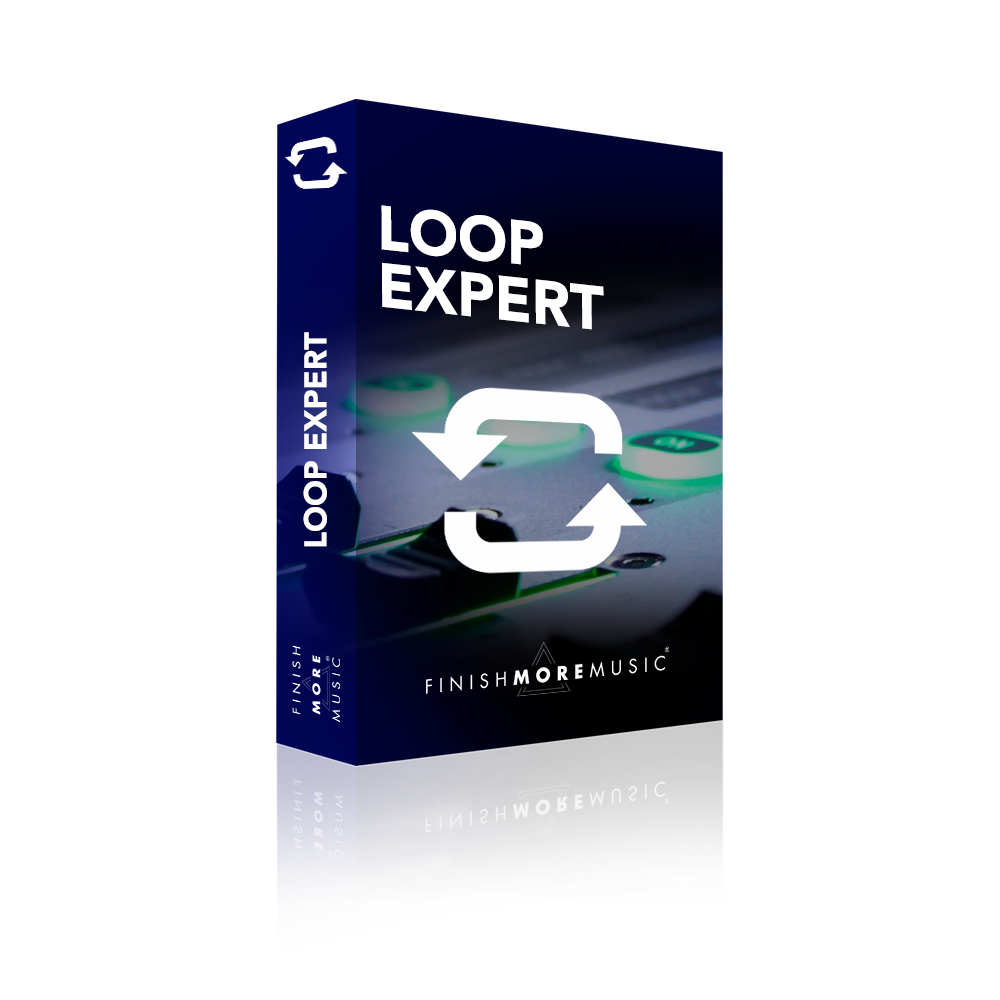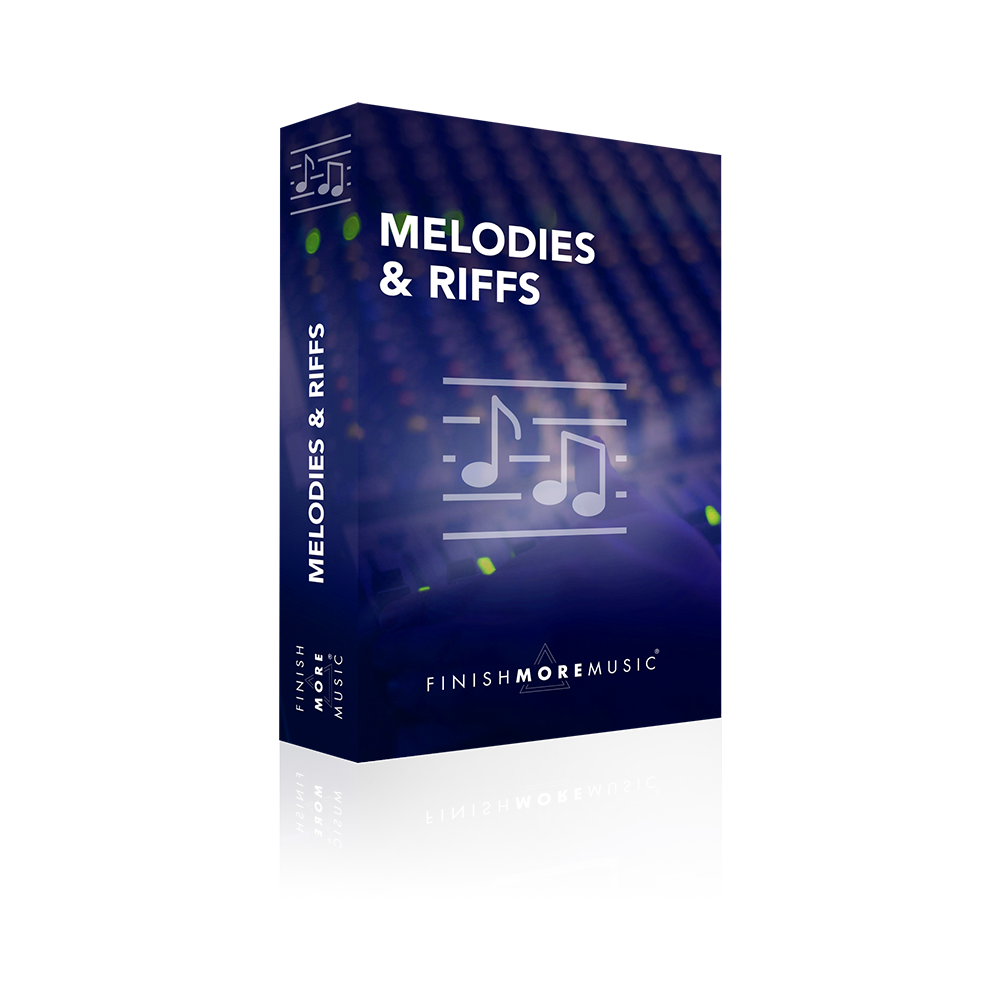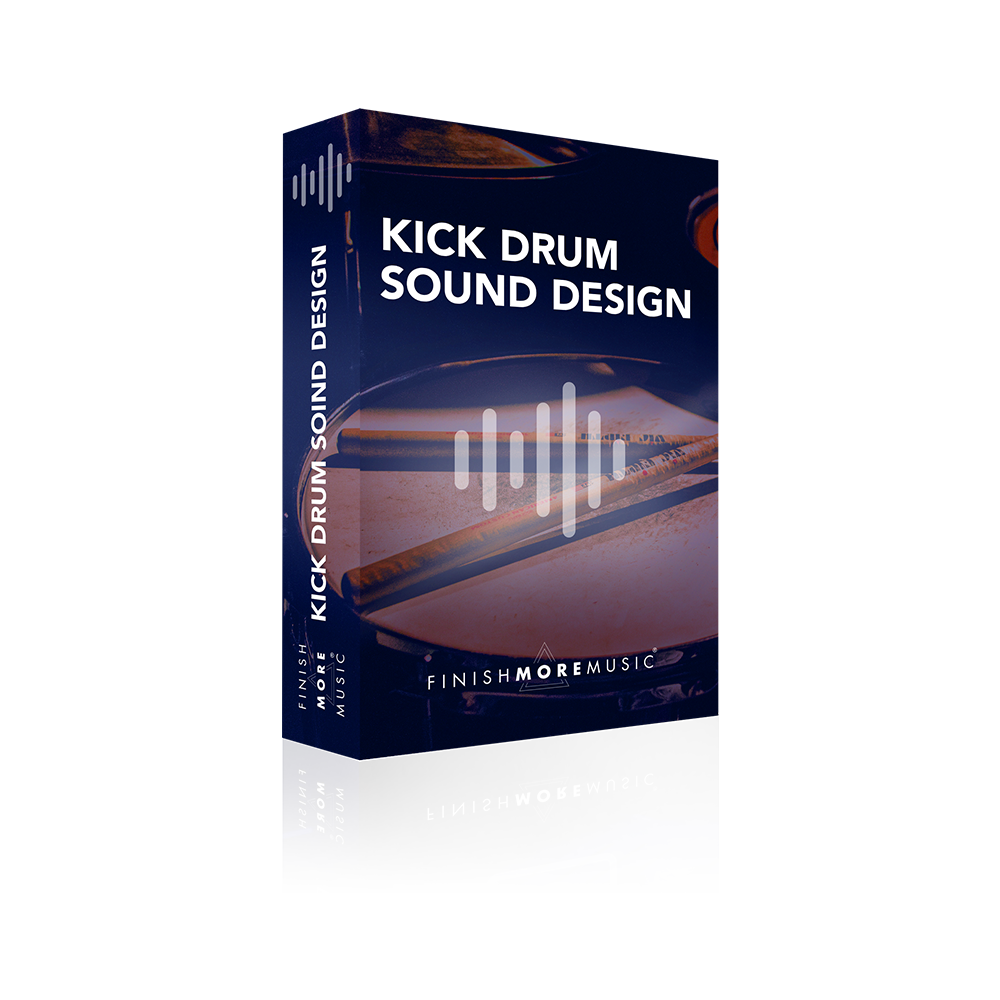Ever wondered how you can give your drum loops extra groove, rhythm and texture? There is a simple and fun way to add this extra special sauce, plus this technique can help glue your sounds together to give them that pro feel. In this quick video I show you how you can add a simple foley layer to your drums that helps them pump, breathe and add extra life to your music.
Transcript
Okay in this tutorial I’m gonna show you a trick for making your tracks sound more full and more interesting to the ear. So this is particularly good for genres like tech house and techno where you want to add that really nice kind of organic feel to the music. Add some real interest in there and bring everything to life. So what I love about this and what you’ll see is it can really make your tracks pump and breathe. So essentially what we’re going to be doing is layering up our percussion and our drum sounds with found sounds, foley sounds basically. So let me just play you this and I’ll do a few bars with and a few bars without. So you can hear exactly what it’s bringing to the table.
So you can hear it’s thickening things out nicely, adding some nice movement underneath the drums. So let’s see exactly how I’m doing this. Well all we’ve got is a found sound. In this case it’s recording of a mainline railway station loaded up into simpler. I’ll just crank this up and play it for you.
That’s all it is and it’s going through an EQ to cut out some of the mud. And then I’ve got a touch of delay on it just to smooth things over. So 25% on the wet. Again that EQ curve and to be honest you could add some nice modulation to the filter that would work a treat for this technique. And then we’ve also got a bit of feedback in there. But there is one other trick that is really bringing this to life. If I play this now isolated on its own, so you’re here in the MIDI notes. Can you hear how each note is different? And you can probably see in the simpler how the playhead is starting at different points. So let’s look at how we go about doing that. Now the MIDI notes themselves, just going to undo that volume, I’ll lay it underneath the percussion and the hats remember that’s to protect the groove but you can’t play with them in different positions if you like. And what I’ve got going on is in the simpler I’m automating this parameter here – sample stock, and quite simply all it means is that this first note is playing back exactly from where I’ve placed the start marker. And then the other notes are playing further along because I’ve just drawn with the pencil this automation.
So let’s go ahead and we’ll draw another one in so you can literally see this being built. What I’ll do is I’ll just put a layer underneath the hat. So we’ll get rid of this percussion and the first lot so it’s a nice clean thing to be able to hear. We’ll start with a new MIDI clip so we get rid of that existing automation. And let’s go ahead and layer this under our offbeat hat. So straight away you can hear it’s almost like adding its own reverb underneath it. And it works really well because all the notes will be glued together because they’re all coming from the same source just by moving the start marker. We’re gonna get little different kind of artifacts and little things in there that will make this pump and breathe really nicely. Let’s go ahead into the simpler. Samples start length. Pencil tool.
It’s got a nice kind of little glitchy doubling up thing going on there. And let’s leave the first and the third sorry the same so we’re creating a nice kind of bounce. That’s quite nice. I think I preferred this one. And again without. Here what it’s doing the way that things are pumping and moving and I probably take this down a little bit now. We don’t need to have it so loud. So at about minus 10 DB I’ve got going on there. But it still makes a really big difference right and I absolutely love the technique because it’s enhancing the rhythm. It’s adding this breathing organic layering to the track that’s making it sound really full as well rather than the kind of stale, lifeless vibe that you can often get from straight sample you know sort of drum programming on the grid.
So I hope you enjoyed the tutorial. Throw all sorts of different textures and backgrounds at this. If you’ve got any particular success that you have with one I’d love to hear about it in the comments underneath the video. But have a crack at it have fun as always. Until next time. Take care.
Thank you for watching
I really appreciate you tuning in and I hope you’re enjoying the tutorials and taking some real value into your music sessions.
If this video resonated with you and you feel it will have a positive impact on the people you know, please share it by using the social media buttons you see at the bottom of this page.
To make sure you are always the first to know when a new video lands: Subscribe to the FMM Youtube channel here.
Let me know how you get on with the techniques I showed in the videos and if you have any suggestions for future tutorials, ping me a message on Instagram (@IamKeithMills)

